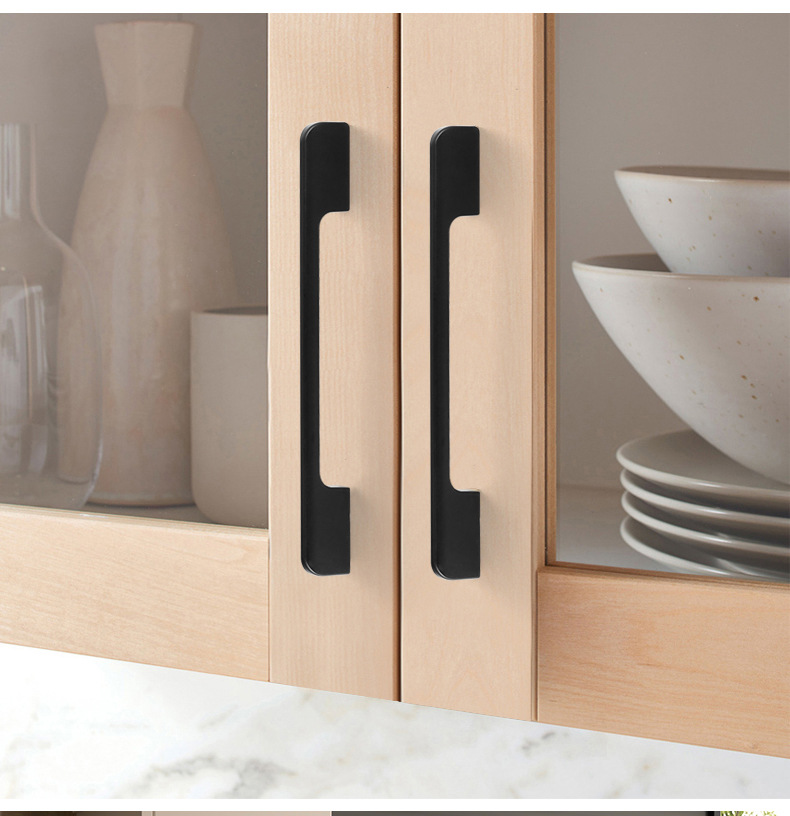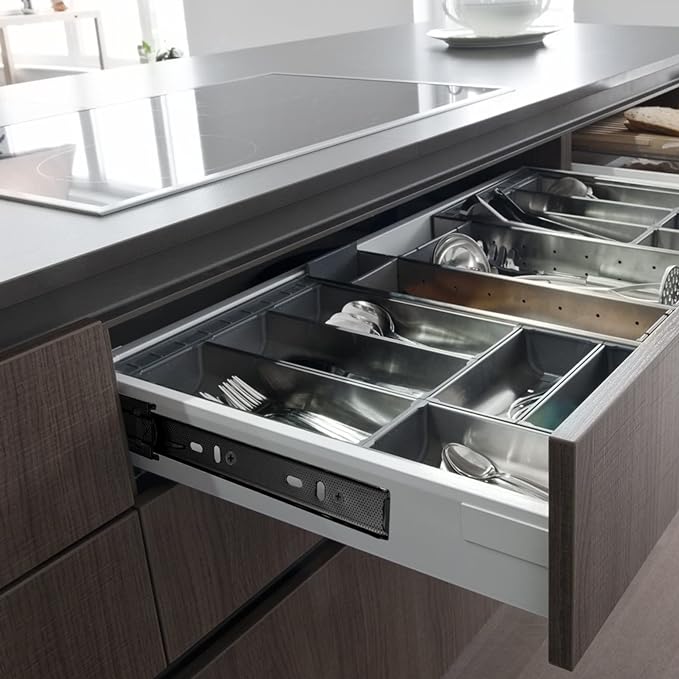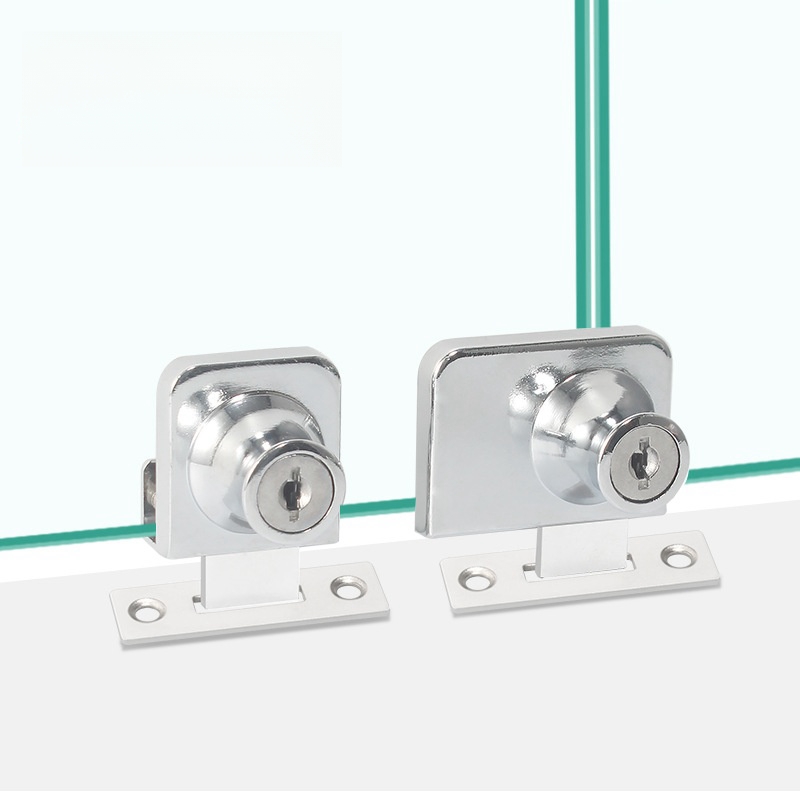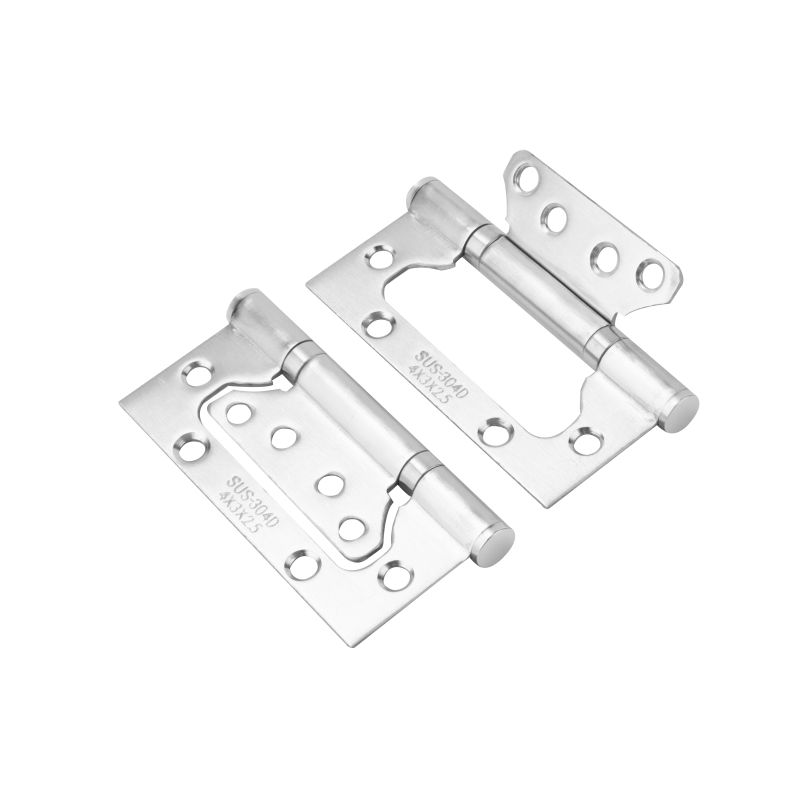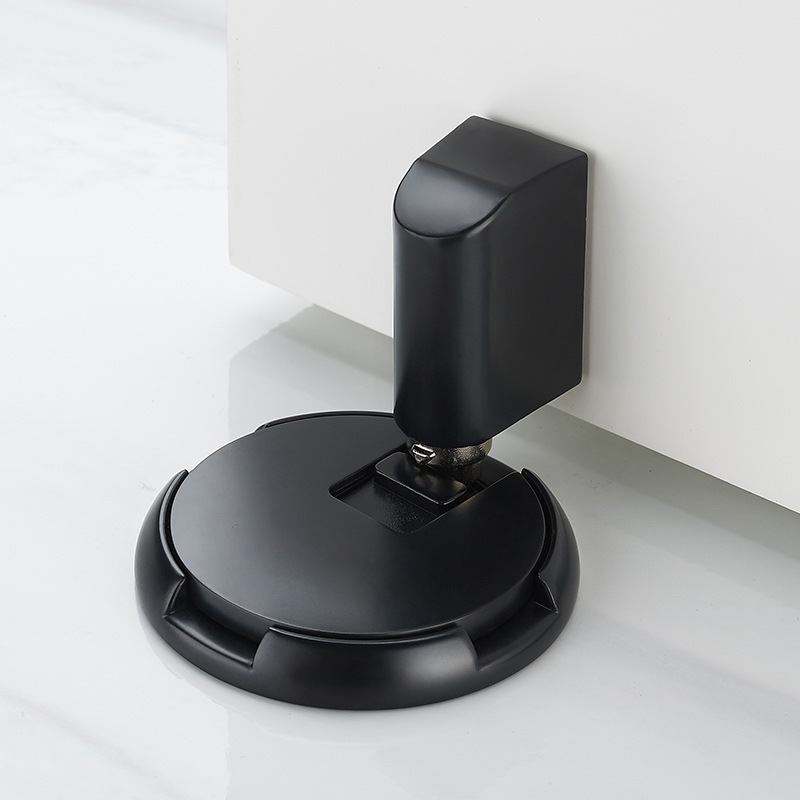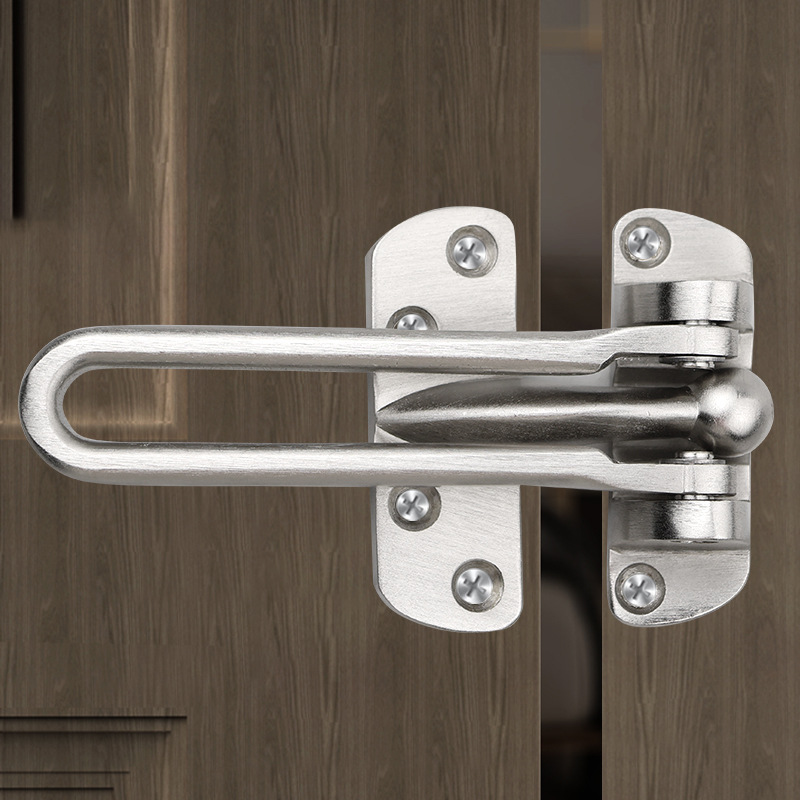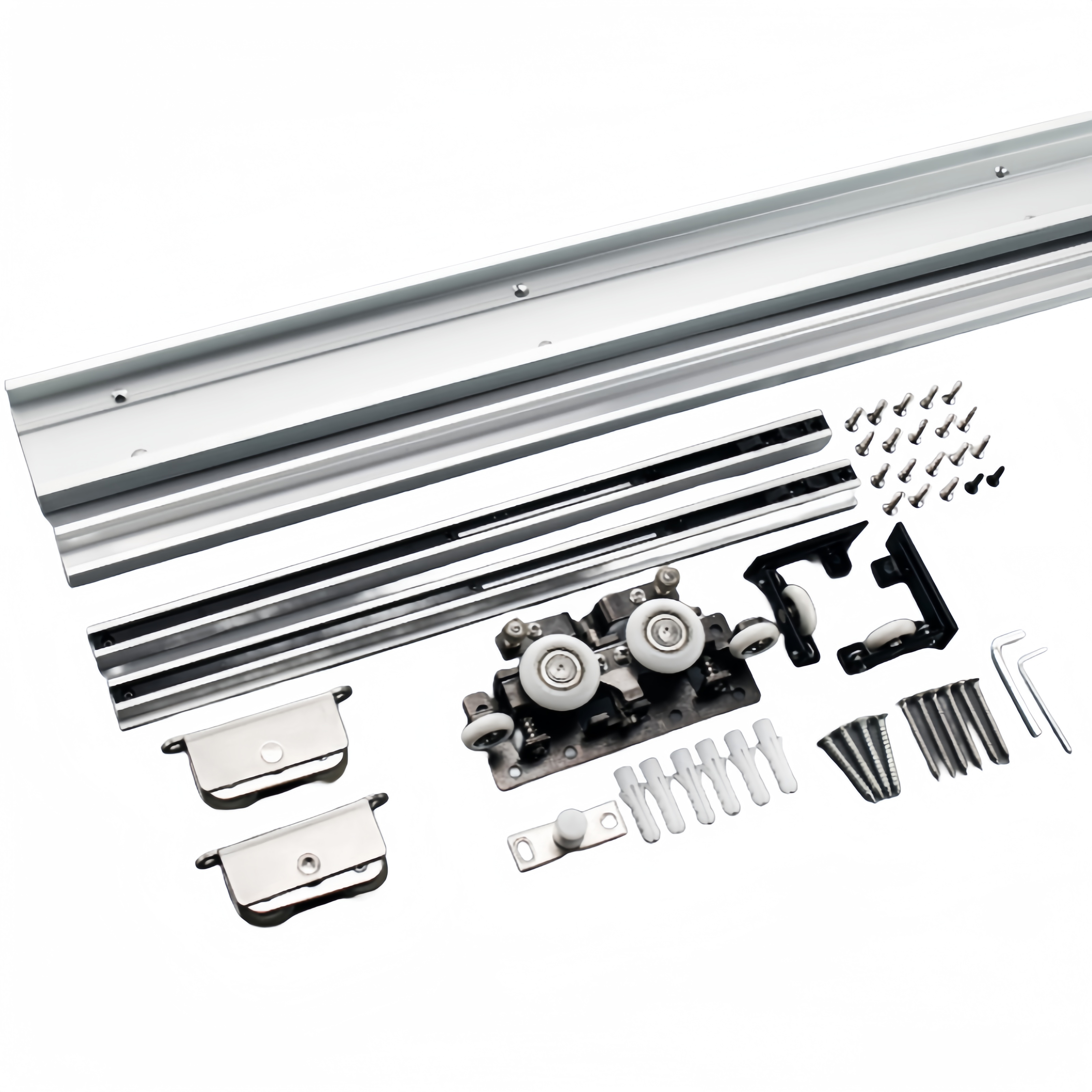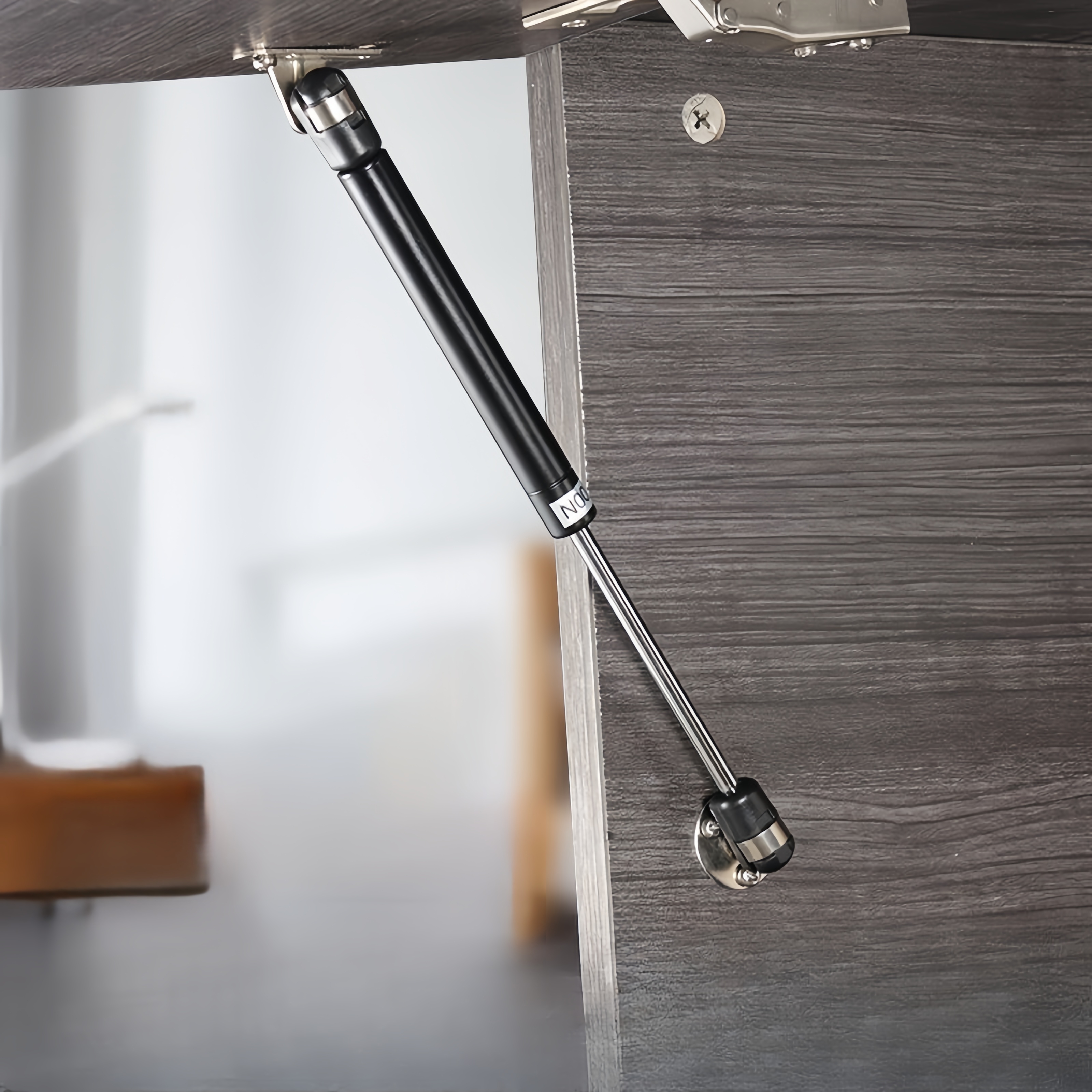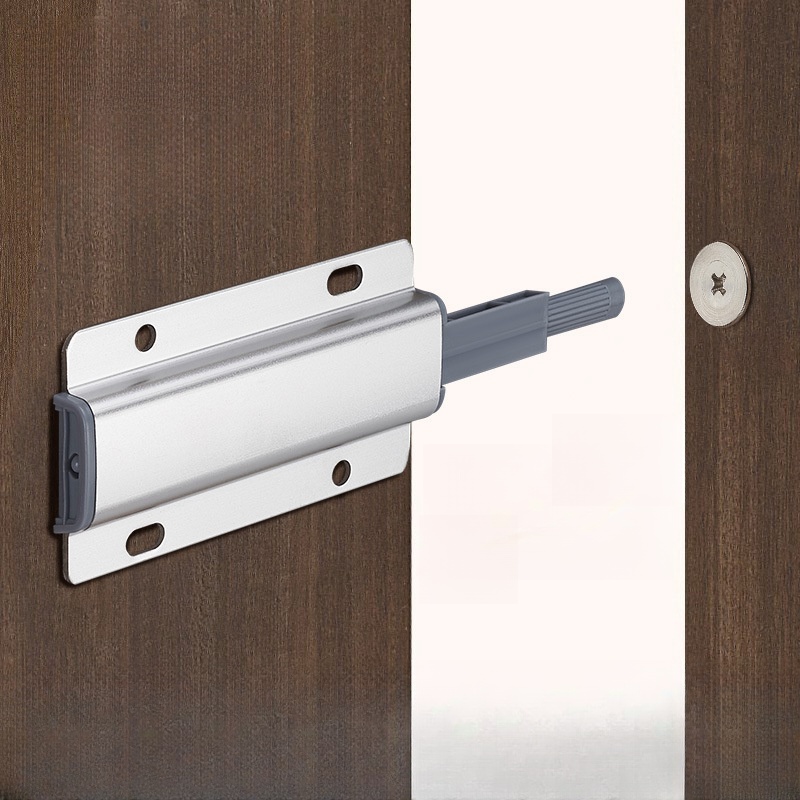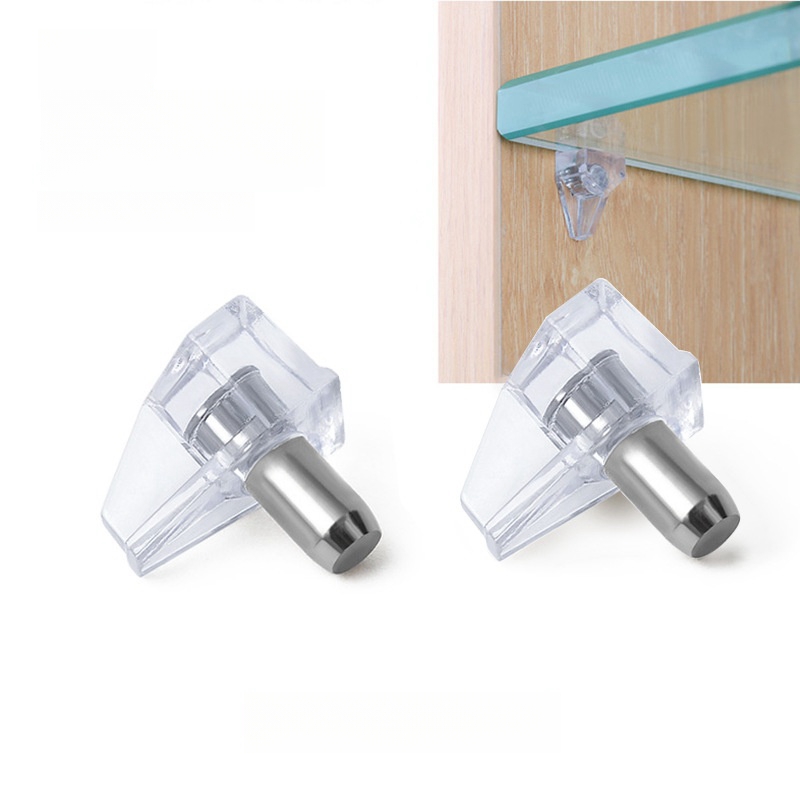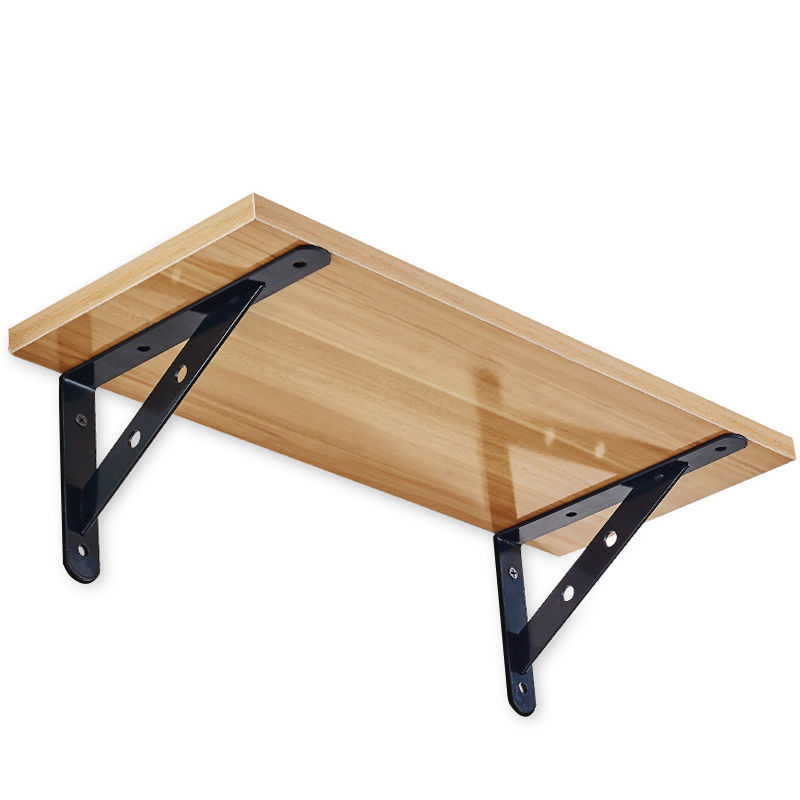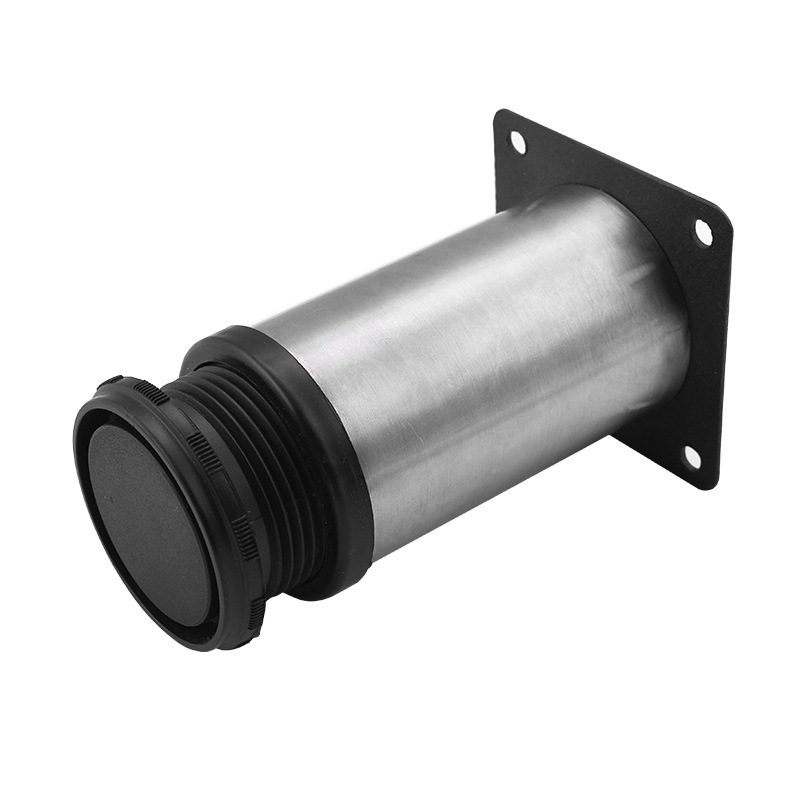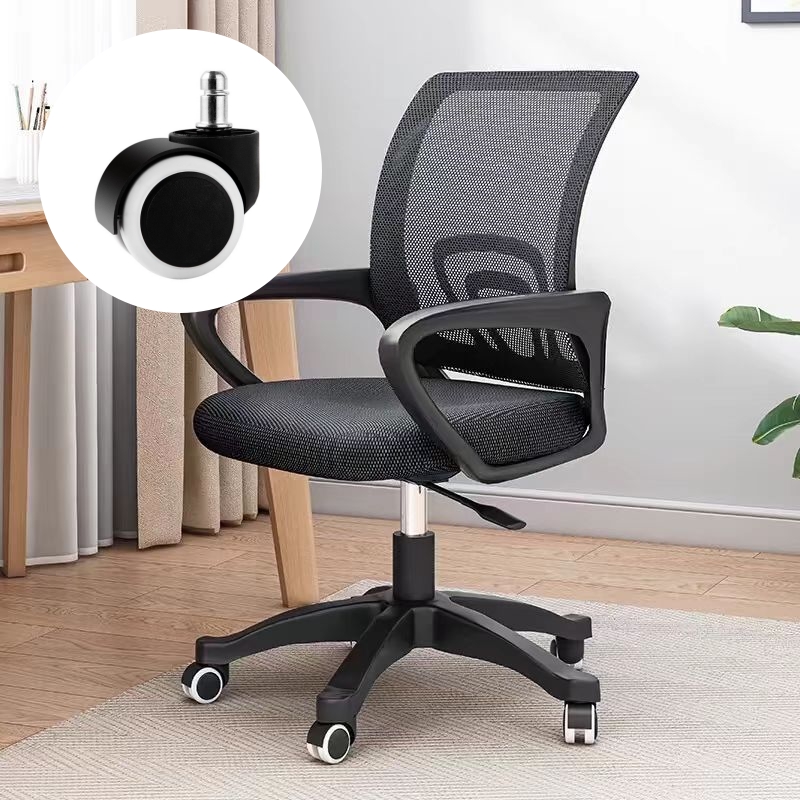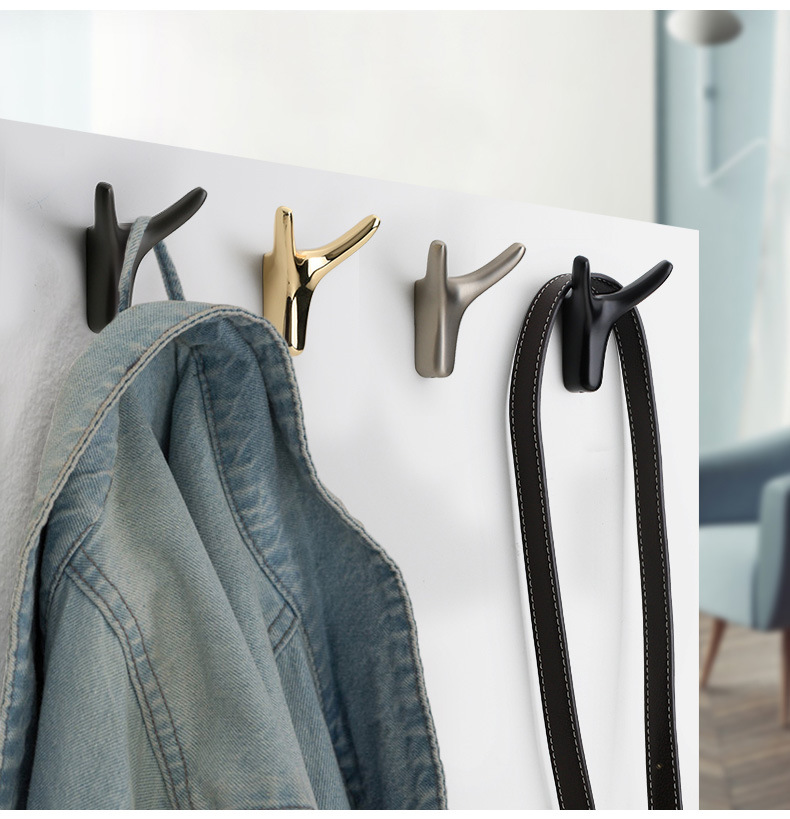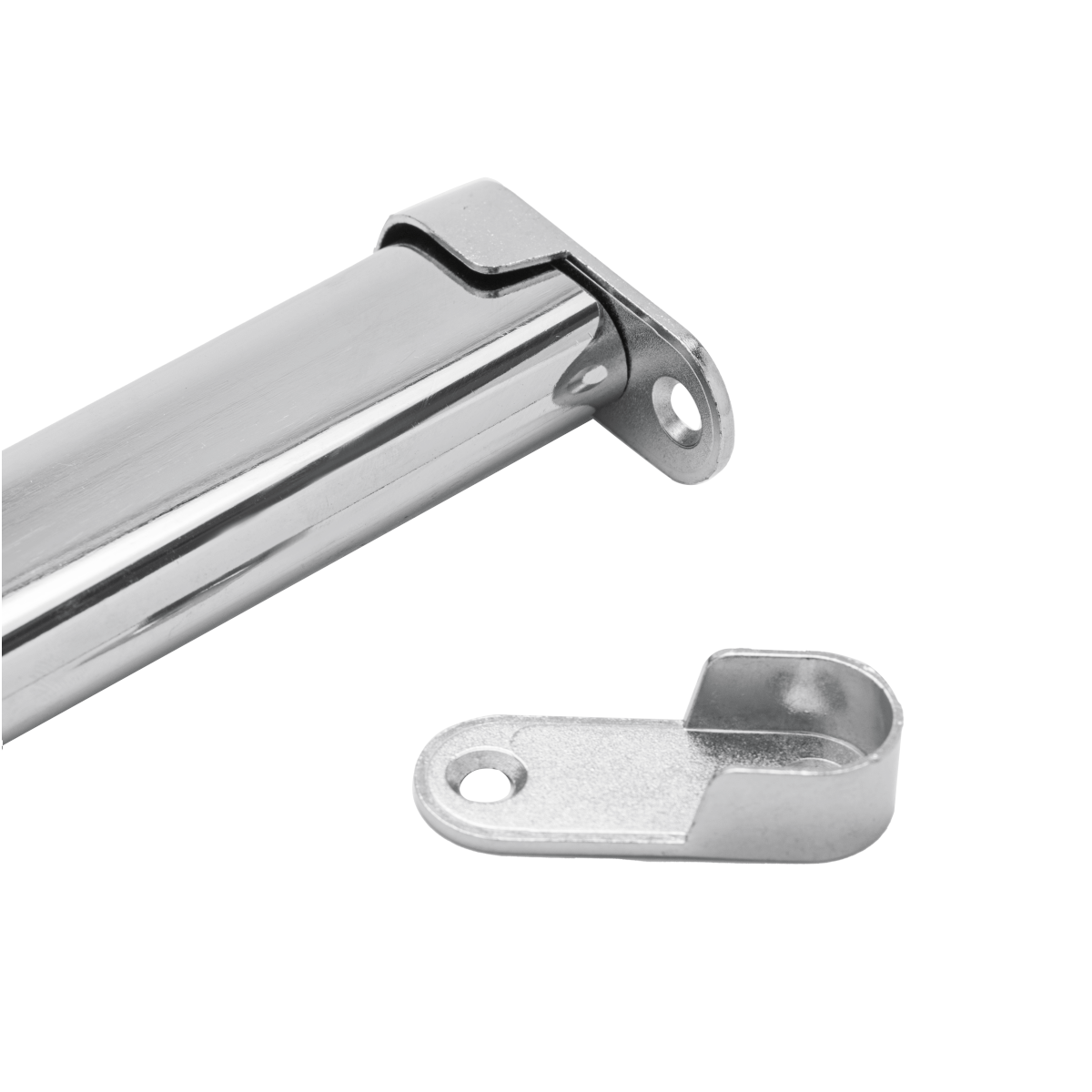
ABOUT
Guangzhou Toplink hardware Co., Ltd specialized in the production and export of furniture hardware fittings, with an experience of more than 14 years.
Our main products are drawer locks, cabinet hinges, sliding rails, cabinet handles, casters, cabinet legs and connecting fittings etc..
With a complete range of products, excellent performance and reasonable prices we have built up business with many customers all over the world.
We are committed to strict quality control and considerate customer service. We sincerely looking forward to becoming your best choice and the most reliable partner!
PRODUCTS
office chair casters 3/8 stem
Choosing the right office chair casters can significantly impact your comfort, productivity, and even the longevity of your chair. A seemingly small detail, the 3/8" stem diameter, is actually crucial in determining compatibility and performance. This seemingly insignificant measurement dictates which chair bases your casters will fit, influencing everything from smooth rolling to the overall stability of your chair. Ignoring this seemingly small detail can lead to frustrating compatibility issues, hindering your workflow and potentially causing damage to your chair.
Understanding the 3/8" Stem Diameter
The stem of an office chair caster is the cylindrical metal shaft that connects the wheel to the chair base. The 3/8" stem diameter refers to the thickness of this shaft, measured across its widest point. This measurement is absolutely critical for compatibility. If your casters have a 3/8" stem, they will *only* fit chair bases designed to accommodate this specific size. Attempting to force a caster with a different stem diameter onto a base will likely result in damage to either the caster or the chair base itself – or both.
It’s important to note that while 3/8" is a common size, other stem diameters exist, such as 7/16" and 1/2". These are not interchangeable. Double-checking this specification before purchasing new casters is essential to avoid costly mistakes and ensure a seamless fit.
Caster Material and Durability
3/8" stem casters are available in a variety of materials, each offering different performance characteristics and lifespans. Common materials include nylon, polyurethane, and rubber. Nylon casters are often the most budget-friendly option and are generally suitable for low-pile carpeting and hard floors. However, they might not be as durable as other materials and can be prone to wear and tear, especially on rough surfaces.
Polyurethane casters offer a good balance of durability, smooth rolling, and affordability. They are known for their resilience and resistance to abrasion, making them a popular choice for various floor types. They generally provide a quieter rolling experience compared to nylon casters.
Rubber casters are usually the most durable and provide excellent traction, especially on hard floors. They tend to be quieter and gentler on floors compared to nylon or polyurethane, making them a good choice for sensitive flooring like hardwood or tile. However, rubber casters typically come with a higher price tag.
Wheel Type and Flooring Compatibility
The type of wheel on your 3/8" stem caster plays a significant role in its performance on different flooring types. Common wheel types include standard hard wheels, soft wheels, and dual-wheel casters. Standard hard wheels are best suited for hard floors like tile, hardwood, or concrete. They offer excellent maneuverability but can be noisy and potentially scratch softer surfaces.
Soft wheels, often made of polyurethane or rubber, are designed for carpeted floors. Their softer material reduces noise and protects the carpet fibers from damage. However, they may not roll as smoothly on hard floors.
Dual-wheel casters, which feature two smaller wheels per caster, offer increased stability and weight distribution. They're a good option for heavier chairs and uneven surfaces. They’re often used with polyurethane or rubber wheels for enhanced cushioning and smoother movement across different flooring types.
Weight Capacity and Chair Compatibility
It's crucial to consider the weight capacity of your 3/8" stem casters. This specification indicates the maximum weight the caster can support without compromising its performance or durability. Overloading casters can lead to premature wear, breakage, and potential damage to your chair.
Before purchasing new casters, check the weight capacity of your existing chair and ensure the new casters can handle the load. Exceeding the weight capacity can compromise stability and create a safety hazard. Always opt for casters with a weight capacity that exceeds your chair's weight by a reasonable margin.
Furthermore, pay attention to the type of chair base. Some chair bases may have specific requirements or limitations regarding caster type and weight capacity. Consult your chair’s manual or the manufacturer’s website for detailed specifications to ensure complete compatibility.
Maintenance and Replacement
Regular maintenance can prolong the lifespan of your 3/8" stem casters. Periodically inspect your casters for signs of wear and tear, such as cracks, damaged wheels, or stiff movement. Clean the casters regularly to remove dust, debris, and hair that can hinder smooth rolling.
If you notice any signs of damage or if your casters become excessively noisy or difficult to move, it’s time to consider replacement. Replacing worn-out casters not only improves the rolling performance of your chair but also enhances its overall stability and safety.
Replacing 3/8" stem casters is generally a straightforward process. However, if you are uncomfortable performing the replacement yourself, it is always best to consult a professional to ensure the task is completed correctly and safely.
SUBSCRIBE
INQUIRY
